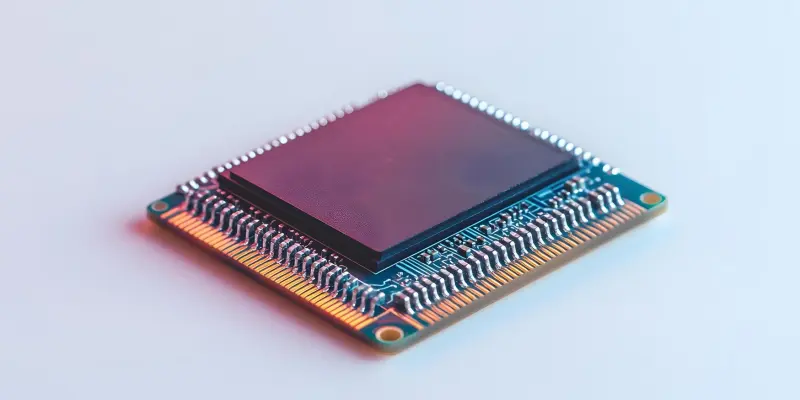In the realm of computing technology, achieving breakneck speeds is a relentless pursuit. DDR5 memory, the latest evolution in dynamic random-access memory, is pushing the boundaries of what was once deemed impossible. The most recent world record set at an astonishing 12,774 MT/s, achieved by the overclocking enthusiast bl4ckdot on an advanced Intel Z890 platform, highlighting the fierce competition within the overclocking community. Such achievements are made possible by manipulating cooling techniques, voltages, and timings, demonstrating the crucial role that top-notch components play. High-quality memory modules, like the G.Skill Trident Z5, and state-of-the-art motherboards such as the ROG Maximus Z890 APEX, are essential in reaching these extraordinary speeds, setting the stage for the next wave of advancements in this fast-paced industry.
The Role of Innovation in Memory Speeds
The potential for DDR5 memory speeds to keep rising largely depends on ongoing advances in technology and design. Companies such as G.Skill lead the charge, pushing boundaries to offer not just speedy but also high-capacity memory modules. Trends suggest current limitations aren’t maxed out despite new records only slightly surpassing previous ones by 50-100 MHz. The push for high-speed memory extends beyond achieving overclocking milestones; it’s about real benefits for consumers and enterprises. With DDR5 modules providing speeds exceeding 8000 MT/s in 128 GB kits, the practical applications are vast. Whether for data centers or gaming PCs, the desire for faster, more efficient memory remains strong. Enhancing DDR5 speeds is not just a technical undertaking but essential for addressing the rising demands of modern computing. Recent advancements point to a bright future, spurring further innovations that could reshape memory use, opening doors to unforeseen possibilities and efficiency gains.

